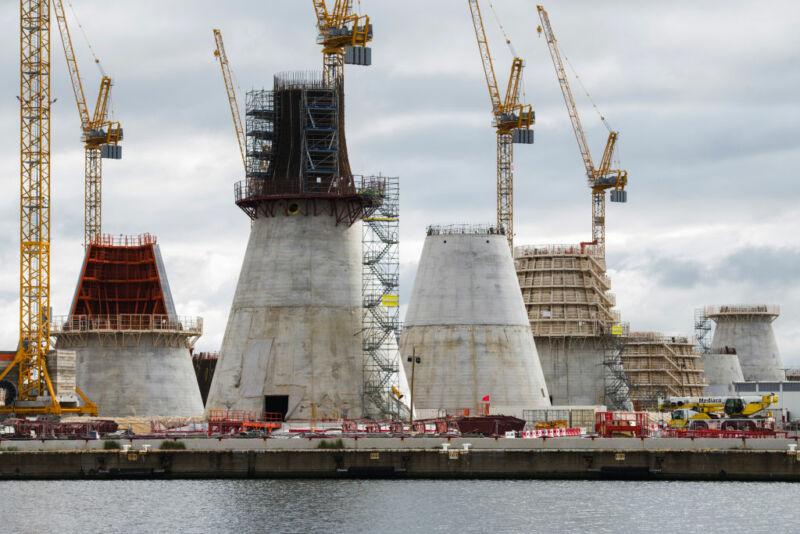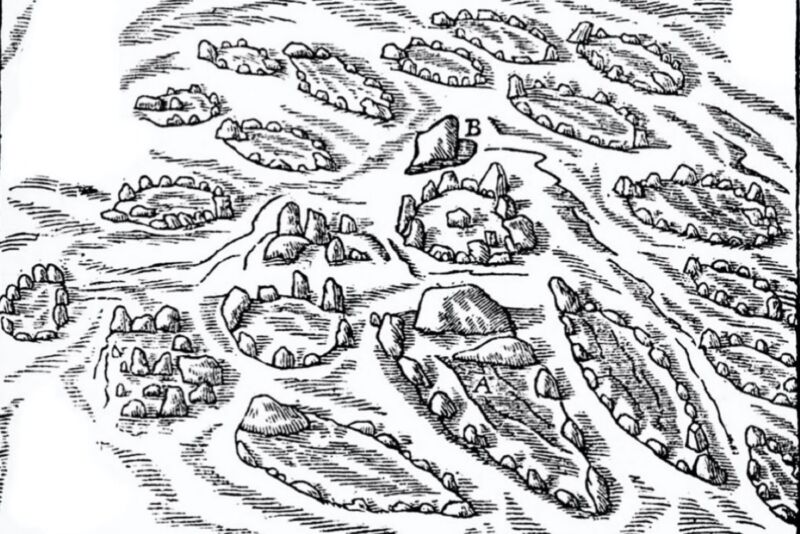The agreements will see both projects rely on the state's planned wind port.
JOHN TIMMER - 7/1/2021

Enlarge / New Jersey hopes to be the home of scenes like this,
Perhaps as significant in the long run, both projects include an agreement that will see critical components of the wind farm assembled in a New Jersey port that the state is promoting as a hub for future offshore wind developments.
A multinational effort
The earlier agreement New Jersey put into place was for a project called Ocean Wind, a joint project between the state's major utility, PSE&G, and the Danish energy developer Ørsted, a major player in offshore wind. One of the projects approved yesterday is Ocean Wind II, which plans for another 1.1 GW of capacity supplied by using GE's Halide X turbines. These projects will be sited to the east of Cape May, the southernmost part of the state.
The second project is called Atlantic Shores, a joint effort between Shell New Energies (a division of the fossil fuel giant) and EDF Renewables, part of Électricité de France. Vestas, another Danish company, will provide the generating hardware. The project will supply 1.5 GW of capacity.
An agreement with New Jersey isn't the final hurdle the projects will need to clear, as federal approval will also be required. But given the Biden administration's goal of significantly expanding offshore wind, federal assent shouldn't be a problem.
Combined, the two projects come in at well over 2.6 GW of capacity; along with Ocean Wind I, they bring the state nearly halfway to its goal of having 7.5 GW of offshore wind capacity by 2035. Both projects are expected to be completed by the end of the decade.
More than just wind
The state received several additional benefits as part of the agreement. New Jersey has been promoting the use of one of its ports (Paulsboro, on the Delaware River just south of Philadelphia) as a hub for offshore wind development. Both companies have agreed to build the foundations for their wind farms at the port and will assemble nacelles (the part that houses the generator) there. This sort of commitment may help turn the Garden State into a major hub for wind farm production for much of the East Coast.
Both projects will also contribute money to cover the monitoring of their sites for environmental impacts, such as changes to New Jersey's recreational fishing. And they'll run pilot projects, including a truck electrification project and a hydrogen generation plant, that will test ways of leveraging all that renewable power.
At the same time, New Jersey is taking steps to prepare its grid to integrate these new sources. Working with grid operator PJM, the state has asked developers to submit proposals for updating and rearranging its onshore grid to better accept power from offshore or to figure out how to reduce the impacts of the transmission hardware that will need to go offshore or bridge the onshore and offshore grids.
It's easy to understand why New Jersey is making offshore wind a major priority. Thanks to its extensive shoreline and port facilities, the state is extremely vulnerable to the rising ocean level that accompanies climate change. As the most densely populated state, New Jersey doesn't have many alternatives for large-scale renewable power installations. But the state is also hoping to use its limited options to put itself at the forefront of an expected boom in offshore wind development—a boom it hopes to support from its port.

















